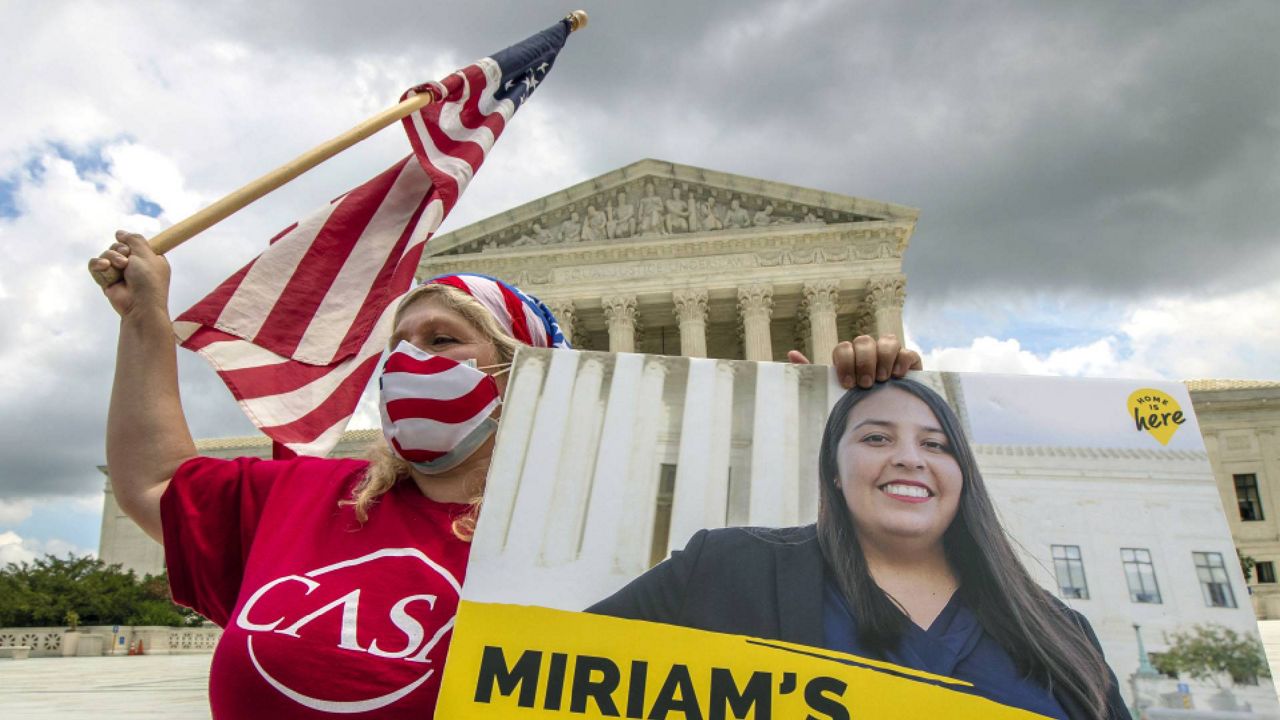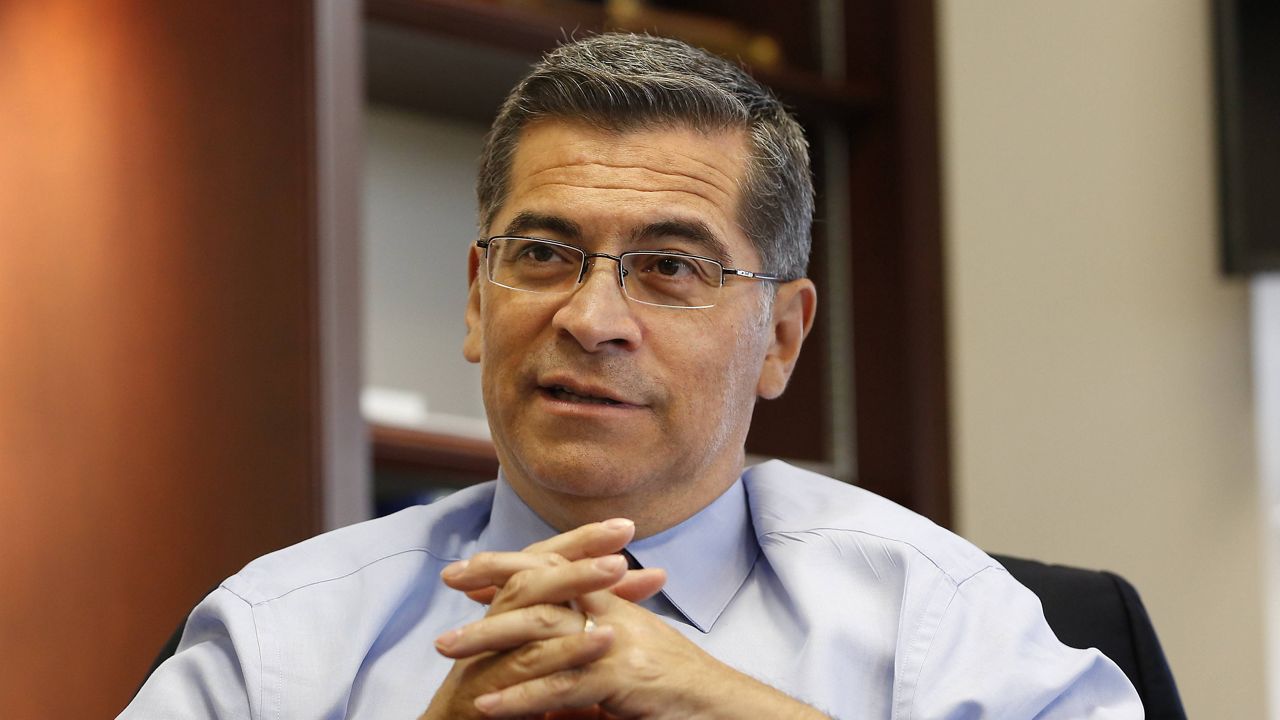CINCINNATI — Many people may have heard more about the 22nd Amendment over the last few weeks than at any other point in their lives.
What You Need To Know
- Eleven presidents, including Trump, have lost re-election bids.
- Trump is eligible for one more term under the 22nd Amendment
- Grover Cleveland is the only president to be elected for two, non-consecutive terms
- History suggests Trump's re-election success depends, in part, on whether Republicans think they need him in four years
It’s the amendment that limits someone to holding the presidency for no more than two four-year terms, non-consecutive. It’s also why there’s talk about President Donald Trump perhaps running again in 2024.
It leads to the question: How often has this sort of thing happened before?
Eleven presidents have lost their bid for a second term in office, including four since the 22nd Amendment took effect in 1951: Gerald Ford, Jimmy Carter, George H.W. Bush, and President Trump.
But running for a second term after leaving the White House is not a given.
Traditionally, presidents in retirement enjoy financial gains from book deals, speeches, and board memberships. The post-presidency’s monetary lure is powerful, and the work involved in creating a presidential library tends to consume a former president’s time.
Dr. Greg Winger, a politics professor at the University of Cincinnati, explained that for former presidents, “Particularly after leaving the White House, it’s more about the personal brand, the personal mantra, than necessarily the party.”
So what makes a one-termer want to run for another four year stint at 1600 Pennsylvania Avenue?
As Ohio’s William Howard Taft discovered, it might be because your predecessor didn’t think you did a good job.
According to Winger, “Teddy Roosevelt had an extremely active post-presidency.”
And Winger said TR, as Roosevelt was also called, started his bid for a third term because he felt fellow Republican Taft wasn’t upholding Roosevelt’s legacy.
“After he left the White House, Roosevelt was a huge pain for Taft and for Woodrow Wilson throughout both of their presidencies,” Winger said.
Wilson ultimately ascended to the presidency as Roosevelt, the Progressive Party’s nominee in 1912, and Taft divided votes.
But President Trump already has money, and his policies are likely to be adopted by his immediate Republican successor.
Still, speculation is rife about Trump wanting a second term.
Indeed, Trump’s status draws parallels with Democrat Grover Cleveland of New York, who was president from 1885-1889 and then 1893-1897.
And, as historian Matthew Algeo explores in his book, The President is a Sick Man, Cleveland’s national political reputation was filtered through a media landscape resembling aspects of the present.
“The media environment in the 1880s and 1890s was very similar to what it is now. It was very partisan,” Algeo said.
Like Trump, Cleveland had electoral appeal among those outside his party’s traditional base, and he lost a close re-election bid in 1888. During the next four years, Cleveland went through what President Trump might experience: varying loyalty from a party trying to decide if it wants to move on or replay the last election.
Critical for Cleveland was his party’s gains in the 1890 midterms. Party leaders decided to double down on a proven winner for the 1892 presidential election.
“It really set the Democrats up,” Algeo said. “They knew they could, if they got the right candidate that they could win the presidency back, and I think this led a lot of people to reluctantly support Grover Cleveland.”
Of course, it is impossible to predict now what will happen in 2024, but history suggests that the current partisan distrust of media, Republican potential for seat pickups in the 2022 midterms, and President Trump’s outsized TR-like persona might just set the wheels in motion for a second run at the oval office.









